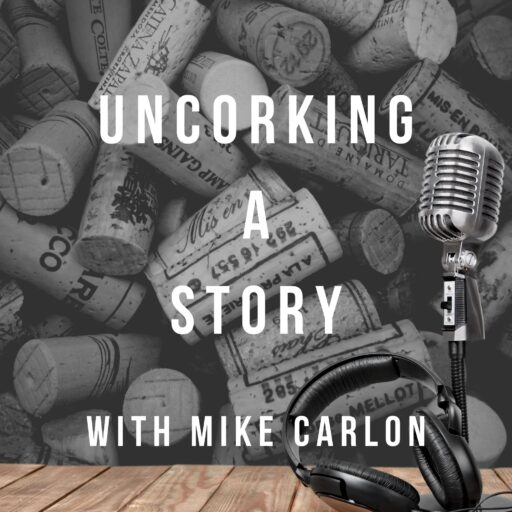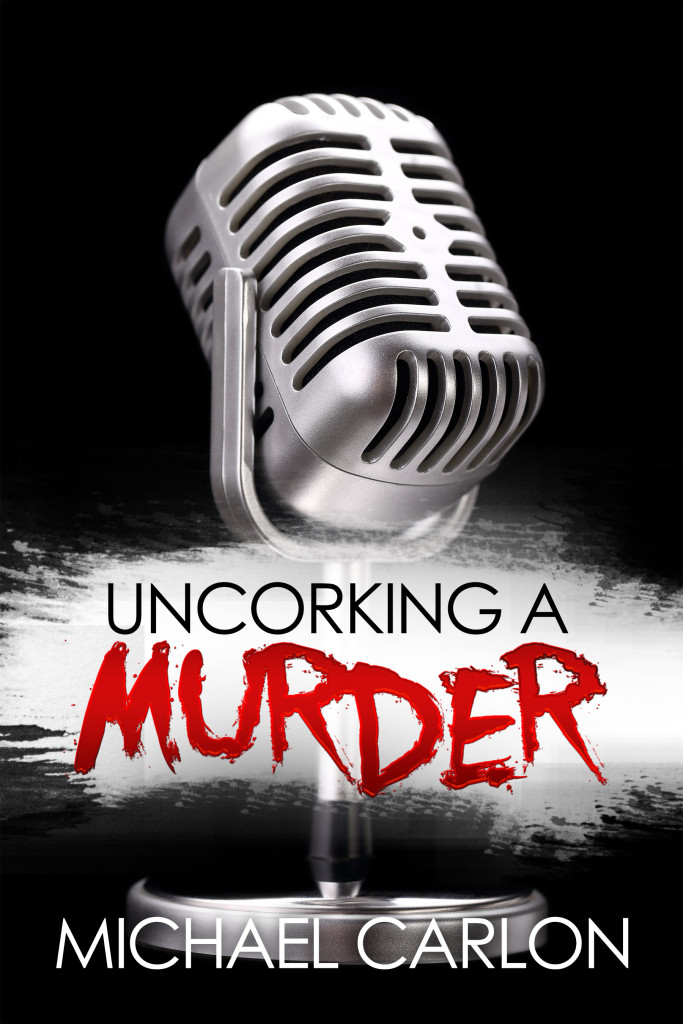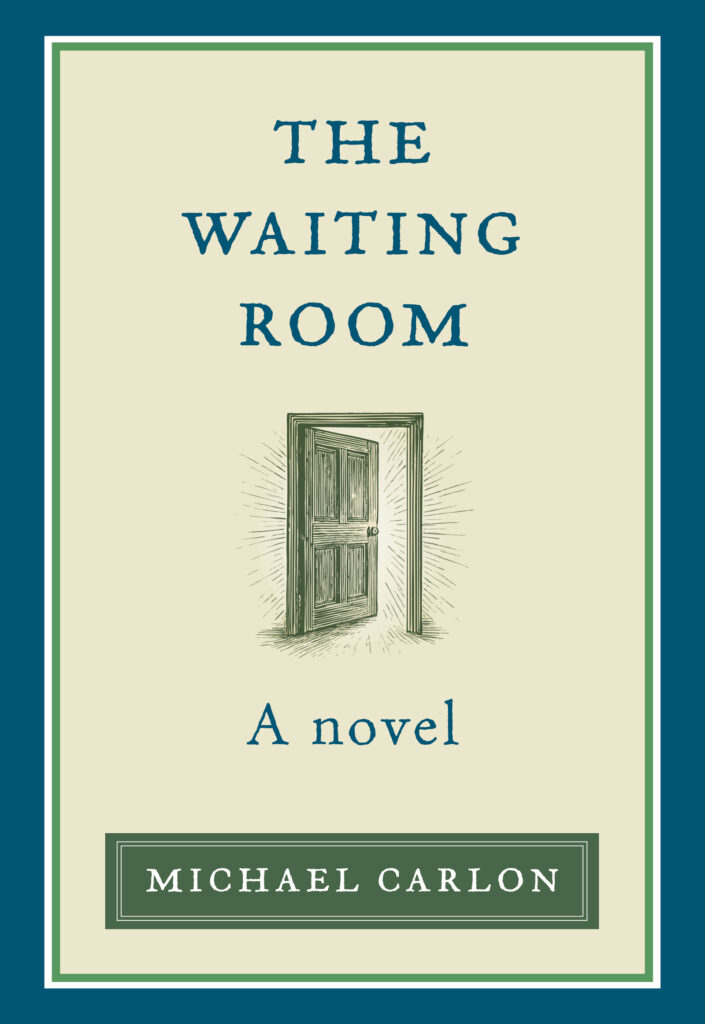Originally printed in the Nov 12 Edition of The Stamford Advocate
Like many readers of the Stamford Advocate, I have been following the back and forth on ability grouping in our City’s public school. Both sides use their own biases to select data to support their arguments. Such conflicting statements based on supposed facts make it hard for readers to form their own opinion. Of course, as observers, we are left in the dark regarding where these facts come from, how many subjects were used in the study, whether or not other studies support conclusions etc. Importantly, we do not know whether or not these studies are conducted in markets comparable to Stamford on the basis of demographics, socioeconomic status, etc.
That said, we don’t have to turn to studies from Stanford, Harvard, Yale, or Columbia to make up our minds on this issue. All we have to do is sit rink side, courtside, or on any other “sideline” as we watch our kids practice for sports. This should not be hard for most of us to do as Stamford is such a sports oriented community.
Take hockey for example. My daughter is on the Tiger Sharks who practice at Terry Connors on Saturday mornings. The coaches take the entire group of kids and split them in half; those who skate better than others go to one side of the ice while those who need more help go to the other side. This is done so that those who are more advanced get more advanced instruction and those who need more help get more remedial instruction. My daughter was on the “remedial” side of the ice last year and worked hard to get to the more advanced side this year. She had a goal in mind (literally and figuratively) and she worked hard to meet it. As a result, her self-esteem improved as did her willingness to try harder to master her skating and puck handling skills.
Let’s go beyond practice and look at games. In games, hockey teams are broken out into 3 lines based on ability. The first line includes the “best” players while the second line includes those who are still mastering their skills. The third line includes those who may be newer to the team and need more instruction. Each line gets the chance to skate multiple times during a period. In games, the first line of team A matches up with the first line of team B. this is done to insure kids of similar ability play each other. What would happen if line 1 of team A faces line 3 of team B? You can debate the conclusion but, more often than not, I would pose that team B gets destroyed.
This same principle holds true for the playing field that is the classroom. Mixing our classrooms with kids of vastly different abilities may ultimately serve to hurt everyone involved. If our teachers choose to focus their time on those who need the most help comprehending a concept, those who have mastered the concept will suffer because they can’t “move on.” Alternatively, if the teacher caters to those who are most advanced, those who need more help will be left frustrated as they many not cannot comprehend the concept as quickly as others.
The motivation to eliminate ability grouping in Stamford public schools is supposedly to level the playing field for all of our city’s children. Proponents suggest that placing students in a lower performing track may do psychological harm to those in such track and increase self perpetuating feelings of helplessness which are hard to overcome. This is an issue of stigmas associated with such an ability group and not the result of being in that group. Perhaps we should work to remove the stigmas and not the groups themselves.
Further, proponents say that eliminating grouping will improve the educational experiences for our city’s minority students who are over represented in such ability groups. Even if eliminating grouping improves the educational experiences of some children, it does not address why certain children were in underperforming groups to begin with. This is the biggest flaw with the proposal to eliminate grouping; it fails to address why so many children from our more urban areas are over represented in lower ability groups. As such, eliminating grouping is akin to treating a disease by removing the symptoms instead of preventing the disease itself; sure it may work, but it is rather inefficient, and not a long term solution.
Human beings are diverse in ways other than race; we all have varying levels of ability. Some of us are stronger in certain areas than others. My twin brother was much better at reading and English (and you may argue writing) while I was stronger in math and science. Some of us learn differently than others, some of us need more time to grasp concepts while others grasp them quickly and are ready to move on. We need to learn at our own pace and be placed with others who learn at a similar pace. This does not mean that, as we master skills, we cannot “change lines.” Of course we can and our educational system should allow us to do so. Eliminating ability grouping will do more harm than good, even in those who are intended to benefit by such an action.



Just stopped by your blog. I do agree ability grouping is a good thing. I have noticed that having combined grade classes seems to help kids get the level that works well. Since we’ve home-educated for 20yrs now, I don’t get to excited over school issues. I also liked the comparison of .99 music and .99 Catholic.
Great read, keep them coming. The issues of schooling children seem to be growing each year. What is your opinion on home schooling?
http://sjdemoor.wordpress.com
Anyone who can successfully home school has my respect. I don’t think that could work for us, but we are fortunate to have a strong Catholic School System in town. As an outsider to home schooling, I worry about socialization, particularly when one moves from middle school to high school and then into college. I am interested in hearing how parents who homeschool address and overcome with these issues.